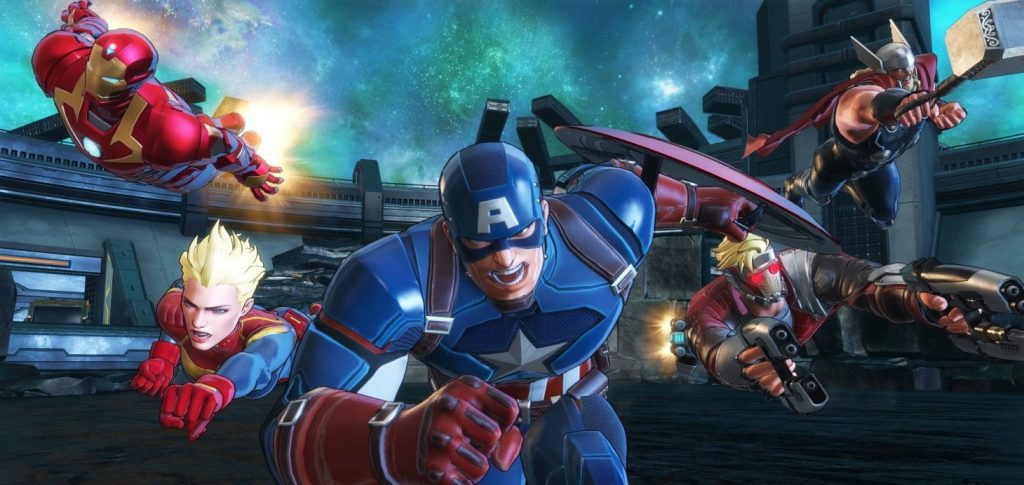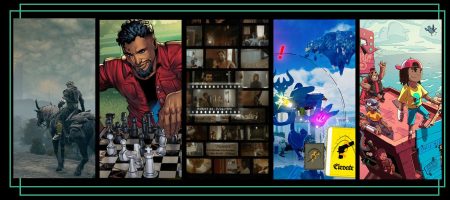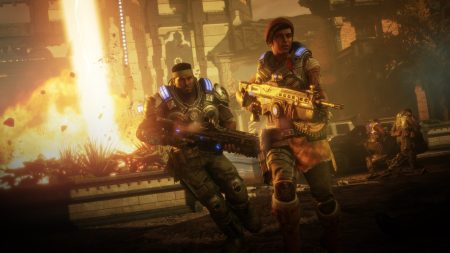Assembling the Ultimate Identity
“I’m a salami writer. I try to write good salami, but salami is salami. You can’t sell it as caviar.”
-Stephen King
Too often in the modern gaming landscape do we see creators try to have their cake and eat it too as the industry focuses more on interdisciplinary design. We’ve largely moved away from the notion that games can and should be siloed into specific genres and have progressed to a point where seemingly everything has RPG mechanics, every world is open, all services are live, every story is darker and full of twists, all dialogue has options, and each experience has more “immersive” gameplay qualities. While this shift has come to benefit the industry and its players in many ways, it also sometimes results in games that feel rudderless, as though they’re trying to be everything to everyone but end up being nothing to no one. Sometimes, however, a title like the latest Marvel Ultimate Alliance comes along and reminds you how nice it can be when a game just sticks to a narrow but clear vision.
To be clear, Marvel Ultimate Alliance 3: The Black Order, Team Ninja’s latest crack at the long-dormant Ultimate Alliance series, is far from a perfect game. The camera hinders the player more than Thanos ever could, the graphics in handheld mode are significantly worse than in TV mode (and some of the textures are a bit sloppy either way), and seemingly random difficulty spikes make certain boss battles and sequences a chore. The story isn’t very impressive, and the gameplay rarely extends beyond basic beat ‘em up sequences. Too many playable characters are introduced very early in the story, making it nearly impossible to level up many of them effectively without some grinding.
Still, the game as a whole just works, and not merely in the sense that its mechanics and systems function as intended; everything comes together conceptually, with the tone of the story and art style perfectly matching the chaotic ebullience of the gameplay. The game combines basic brawler systems with a cartoonish presentation and doesn’t try to be much more than that. Simply put, the game knows what it is and stays true to itself at all times.
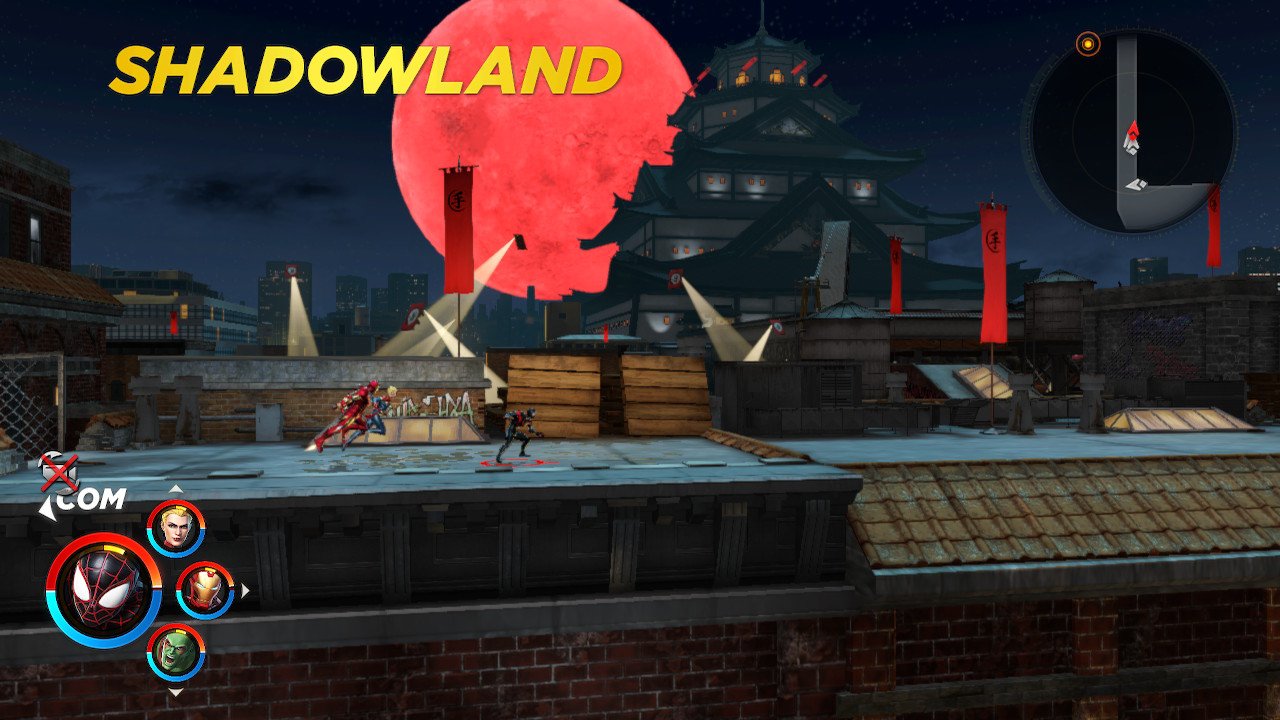
Hulk (and Others) Smash!
The latest virtual Marvel comics centerpiece stays fairly close to its series predecessors, which also took a great deal of inspiration from Super Nintendo- and Genesis-era arcade-style beat ‘em ups. In Marvel Ultimate Alliance 3, the player controls a team of four heroes from a wide selection of Marvel universe characters on a quest to gather the Infinity Stones and stop Thanos from wreaking havoc across the universe (sound familiar?). Traveling through a variety of famous theaters of comic book action, such as Wakanda and the X-Mansion, the player utilizes the incredible capabilities of only the best heroes to beat baddies to a pulp, solve the occasional (and very easy) puzzle, and put an end to the Black Order’s devious plans.
The combat (which is 90% of the game) involves utilizing the standard array of light and heavy attacks, unlocking more powerful special attacks, learning how (and when) to perform special combos with multiple heroes at once, and improving your team’s power, vitality, energy, and more using RPG-style leveling mechanics. While there’s a lot of little nuances that allow for a myriad of different team-building strategies (the ISO-8 stuff alone can be a little overwhelming), the basic gist is very clear: assemble a balanced group of fighters and go kick some ass. That much is clear as day, and it all comes together nicely, even if some of the deeper RPG systems seem puzzling at first.
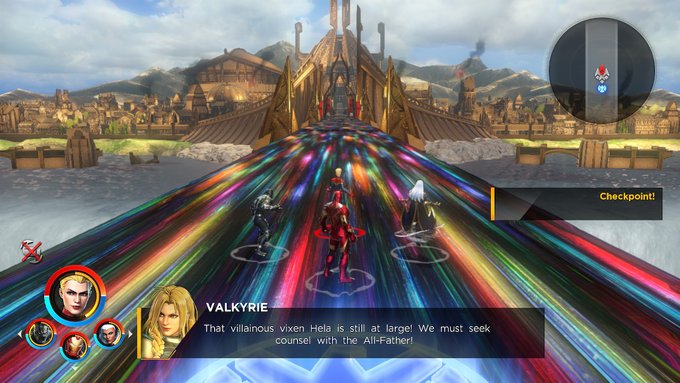
Let me reiterate: This is a game where you take your favorite action figures and smash them against each other. You hammer buttons on the controller (methodically, but still) and hope that such hammering pummels anyone standing in your way. On the narrative side, the plot moves at a rapid pace and leaves little room for any deep dives into motives, the political implications of heroic destruction, or much of the history behind all these Marvel characters and locations.
This is NOT your typical AAA superhero game visually. The art direction aims to mimic that of the comics and cartoons, with brightly colored uniforms, absurdly large hands and muscles, cel-shaded character models, and not a drop of blood to make any of the violence seem real. There is nothing gritty or realistic to be found here — MUA3 looks and feels like a playable cartoon. Meanwhile, the voice acting is delightfully overdramatic, the jokes are corny, the inter-hero chatter contains just the right balance of whimsy and solemnity, and the attack animations are flashy and over-the-top. Marvel Ultimate Alliance 3 is as stylish and fun as Thor: Ragnorok and kinetically exciting as Avengers: Infinity War without any of the gravitas found in Captain America: The Winter Soldier or X-Men: First Class.

Sticking to Your Guns (or Mutant Powers)
If you think this game seems simplistic and silly, you’d be right… and that’s kind of the point. Unlike the upcoming Crystal Dynamics take on the Avengers franchise, which seemingly wants to tell a more mature tale and utilize more AAA-friendly mechanics, Marvel Ultimate Alliance 3 forms an identity around a basic good vs. evil concept and leans heavily on power fantasy tropes. It wants to shower the player with candy-coated comic book goodness, ensuring that you always have that sweet Marvel taste in your mouth throughout every cutscene and boss battle. At no point does Marvel Ultimate Alliance 3 attempt to convince the player that what they’re doing is fundamentally more high-brow and next-gen than, say, the X-Men arcade game from the early 90s. Instead, it steeps you in what is effectively “Marvel’s Greatest Hits,” placing greater emphasis on breadth than depth and treating you to an animated showcase of the more ridiculous and campy side of the Marvel canon.
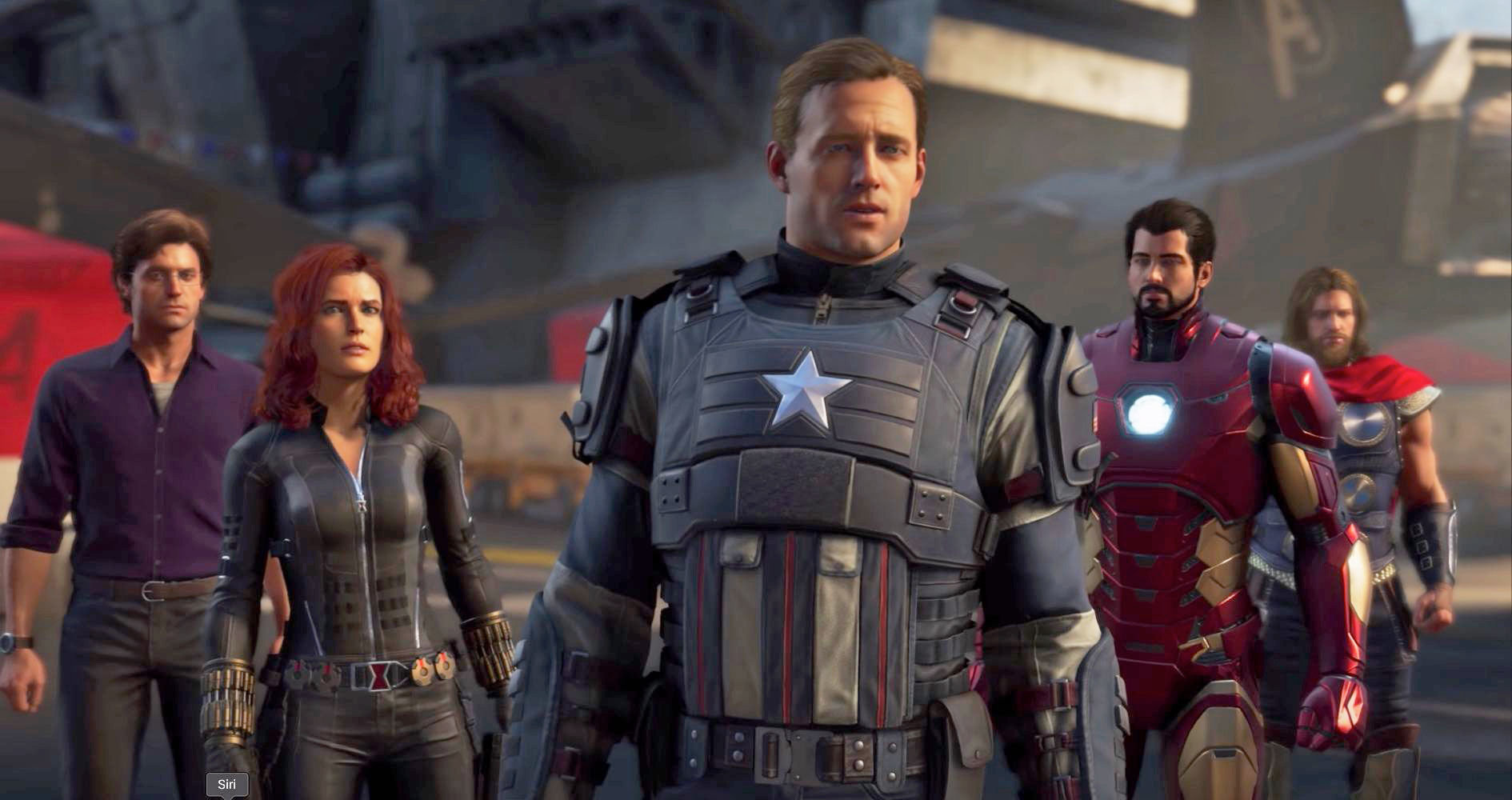
Perhaps not everyone wants simplicity and carpal tunnel-inducing gameplay from their beloved heroes — whose relatively recently forays into cinema have dazzled audiences with acting and writing far better than what MUA3 offers — and that’s understandable. With each new generation of consoles, gamers begin to crave the latest technological innovations and graphical upgrades, and as a result want to see their favorite franchises depicted in a modern light. Still, when I watched the trailer for the upcoming Marvel’s Avengers game, all I saw was Rise of the Tomb Raider with a Marvel skin. It looks like it’s trying to be two things at once: an obsequious celebration of the bright and optimistic MCU films, and another AAA-ass game that provides a dark and gritty take on another famous series. Perhaps Crystal Dynamics can balance the two different ideologies, and it’s not like they can’t draw from recent examples of successful superhero games. Still, what they’re risking is making something akin to the Star Wars Battlefront reboot: a AAA game with all the looks but none of the heart of its source material.
Marvel Ultimate Alliance 3, on the other hand, bursts with heart, as it’s clearly made by and for people who love everything Marvel. It’s not a deep, nuanced take on the struggles and complexities around being a hero in the modern world; it’s an opportunity to select your favorite heroes and fuck shit up just because you can, with no strings attached. MUA3 is elegant in its simplicity and believes in all of its own ideas, and sometimes that’s all I want. Call it what you want — a “guilty pleasure,” perhaps — but Marvel Ultimate Alliance 3 has a clear identity and holds on to that identity with conviction and pride.
Sam has been playing video games since his earliest years and has been writing about them since 2016. He’s a big fan of Nintendo games and complaining about The Last of Us Part II. You either agree wholeheartedly with his opinions or despise them. There is no in between.
A lifelong New Yorker, Sam views gaming as far more than a silly little pastime, and hopes though critical analysis and in-depth reviews to better understand the medium's artistic merit.
Twitter: @sam_martinelli.


